Pairing renewable energy sources such as solar and wind with electric heating systems is a great way to maximise this potential.
Switch to a green energy provider
Changing to a renewable energy provider is one of the easiest and most cost-effective ways to make the switch to carbon neutral heating.
Green energy is electricity generated by natural sources such as the wind, the sun or the power of the tides, as opposed to using fossil fuels such as coal or oil.
Suppliers include Green Star Energy, Ecotricity and Octopus, and some even produce 100% of their electricity from zero-carbon sources.
If switching isn’t for you, certain mainstream companies also offer green energy tariffs, which guarantee that some, most or even all of your energy comes from environmentally friendly sources.
Benefits
One main benefit of using a green energy provider is that it is one of the cheapest ways to reduce your home’s carbon footprint.
According to Money Supermarket, green energy tends to be priced similarly to other energy tariffs – so the impact on finances is minimal, potentially even saving money on your monthly bills.
The world only has a finite amount of fossil fuels whereas green energy is sustainable, clean and futureproof. Naturally, fossil fuel prices are rising whilst renewable energy continues to fall, and this pattern will only increase year on year.
There are also a variety of different energy sources to choose from including solar, wind and geothermal, with each significantly reducing carbon emissions and in turn, helping people do their bit for the environment.
Things To Consider
Switching to a 100% green energy supplier can sometimes be expensive, so it’s important to do your research before committing to a particular company.
Likewise, some companies can exaggerate their own green energy commitments – also known as ‘green-washing’ – so it’s best to research the individual tariffs before signing up.
Set up your own renewable energy supply
Another way you can help with moving towards the UK’s Net Zero goals is to set up renewable energy within your own home.
1. Solar PV energy can be paired with most electrical appliances and works equally well with electric radiators. Once a solar array is installed, solar energy can be used to power your heating, charge your phone and even run your washing machine throughout the year!
Benefits
With energy bills still soaring across the UK, the nation is undoubtedly on the lookout for ways to reduce costs. One benefit of solar panels is that they lower energy bills - once installation is complete, solar provides 100% clean, renewable and free energy. This form of heating will also lower your home’s carbon footprint, as solar panels generate energy from sunlight, which is clean and renewable, reducing household emissions significantly.
Things To Consider
You’ll need 4-5 square metres of roof space to install solar panels – ideally, your roof should also face east to west to capture the most sunlight. Depending on the size and layout of your home, you may not be able to rely on solar panels to heat your radiators all-year-round, especially outside of optimal weather conditions. Therefore, before installation, have an installer assess whether solar PV is the best and most efficient system for your particular property.
Cost
Between £2,500-£8,000 depending on the size of your home.
-
2. Heat Pumps
There are two main types of heat pump – ground source and air source – as well as the less common water source heat pump.
They consume far fewer fossil fuels than most other systems, making them a sustainable, low-carbon option.
Heat pumps work by absorbing heat from a source and transferring it to a fluid, which is compressed to increase the temperature further. The heat generated is then typically transferred from the fluid into water, which is then used to provide heating and hot water.
Benefits
Heat pumps can both heat your home and provide hot water – all year round!
Additionally, they can reduce energy bills, especially if these replace costly conventional heating systems.
Lower carbon footprint – heat pumps can lower your carbon footprint significantly, depending on which fuel type you replace.
Things To Consider
Consider whether you have enough space for a heat pump – ground source heat pumps require garden space to install a pipe loop below ground, while air source heat pumps need space around them to guarantee a good flow of air.
It is also essential that your home is well insulated and draught-proofed for the heating system to be as effective as possible.
Finally, it’s important to check whether you require planning permission from your local planning authority before installing any new heat pump system.
Cost
Between £9,000-£11,000 for an air source heat pump, and anything up to £35,000 for a ground source air pump.
You still pay fuel bills with a heat pump system because they are powered by electricity, but you will save on whichever fuel type you are replacing.
3. Biomass
Biomass systems burn wood pellets, chips or logs to heat a single room, or to power central heating and provide hot water. While burning wood does still emit carbon dioxide, it’s at a far lower level than coal or oil for example, provided that the fuel is sourced locally.
Biomass is considered a sustainable, low-carbon option as long as new plants and trees continue to grow in place of those used for fuel.
Benefits
This option of carbon neutral heating is more affordable. Even though the price of wood varies by type, this is still a cheaper alternative to conventional heating systems. The only carbon dioxide emitted as the wood burns is the amount that the tree would have absorbed in its lifetime, which makes Biomass a lower carbon option.
Things To Consider
The main thing to consider when using biomass is space. Biomass boilers require significant room for the boiler itself, as well as somewhere to store the wood, chips or pellets. In addition to this, sourcing a fuel supplier is something to consider. Try to source a local supplier and ensure they are on the registered list of sustainable biomass fuel suppliers.
Cost
For biomass boilers, an automatically-fed pellet boiler costs between £11,000 and £17,000 for an average home, including installation, fuel and fuel store.
-
* Stephen Hankinson ia Managing Director at Electric Radiators Direct *
Want to comment on this story? Our focus is on providing a platform for you to share your insights and views and we welcome contributions.
If any post is considered to victimise, harass, degrade or intimidate an individual or group of individuals, then the post may be deleted and the individual immediately banned from posting in future.
Please help us by reporting comments you consider to be unduly offensive so we can review and take action if necessary. Thank you.



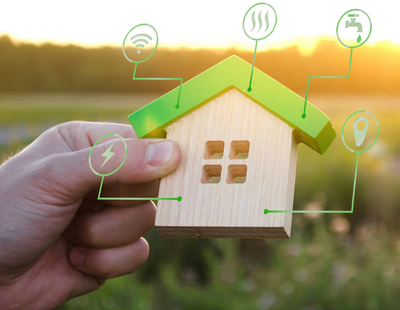
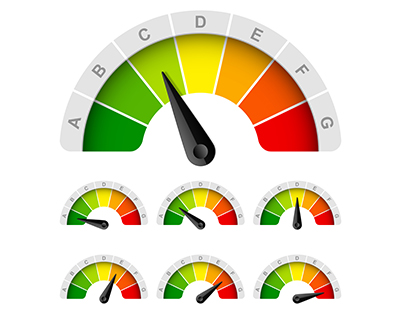
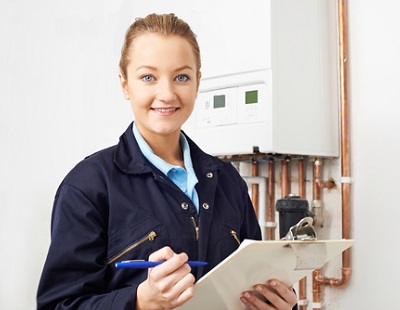
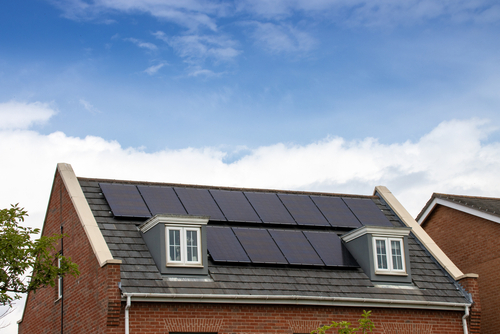
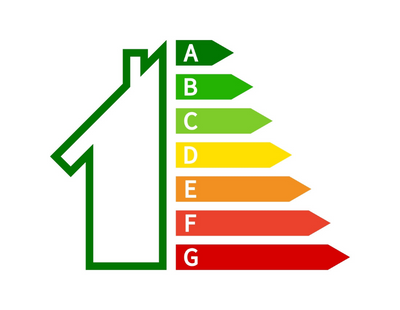





.jpg)
.jpg)






Join the conversation
Be the first to comment (please use the comment box below)
Please login to comment